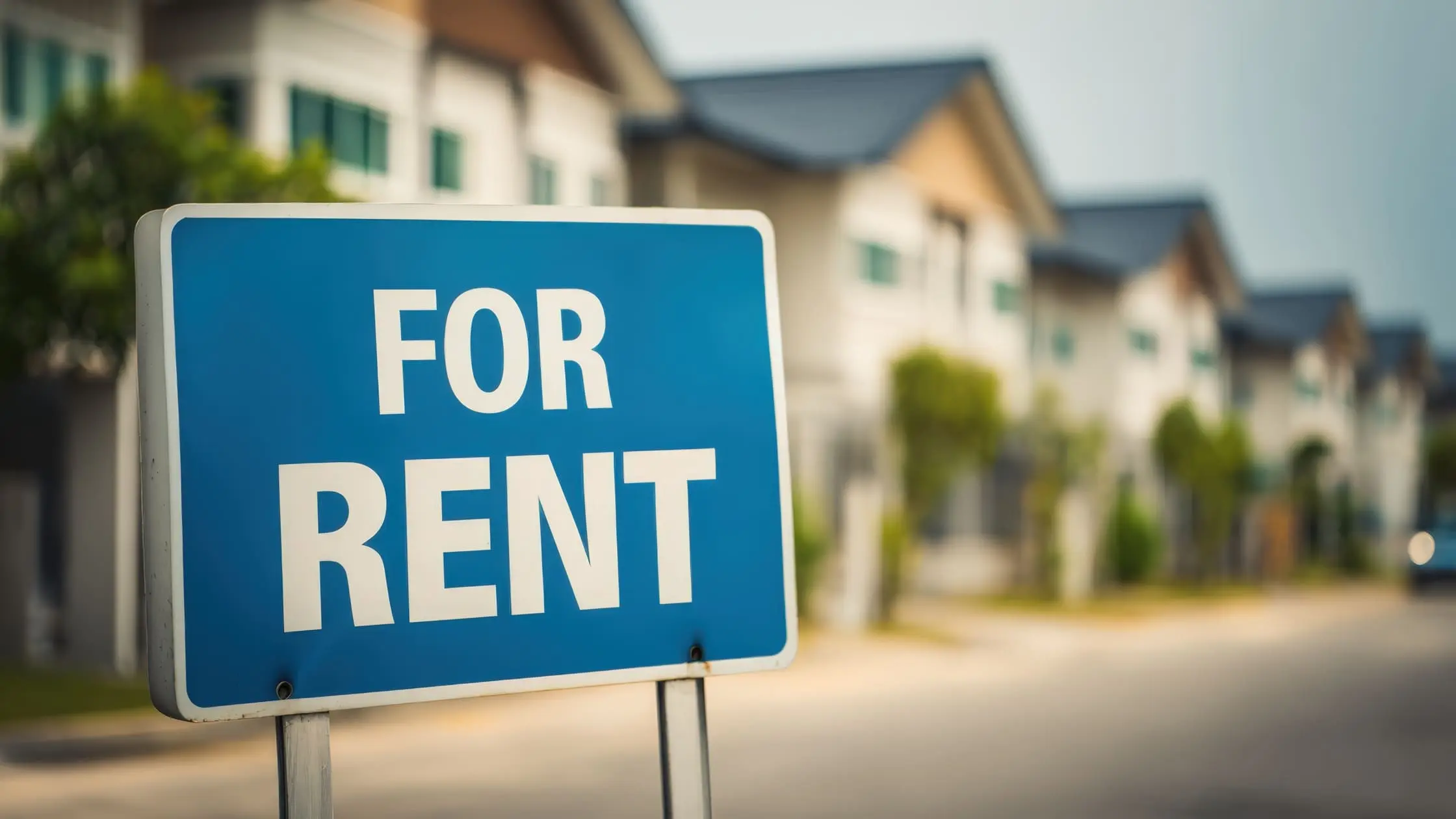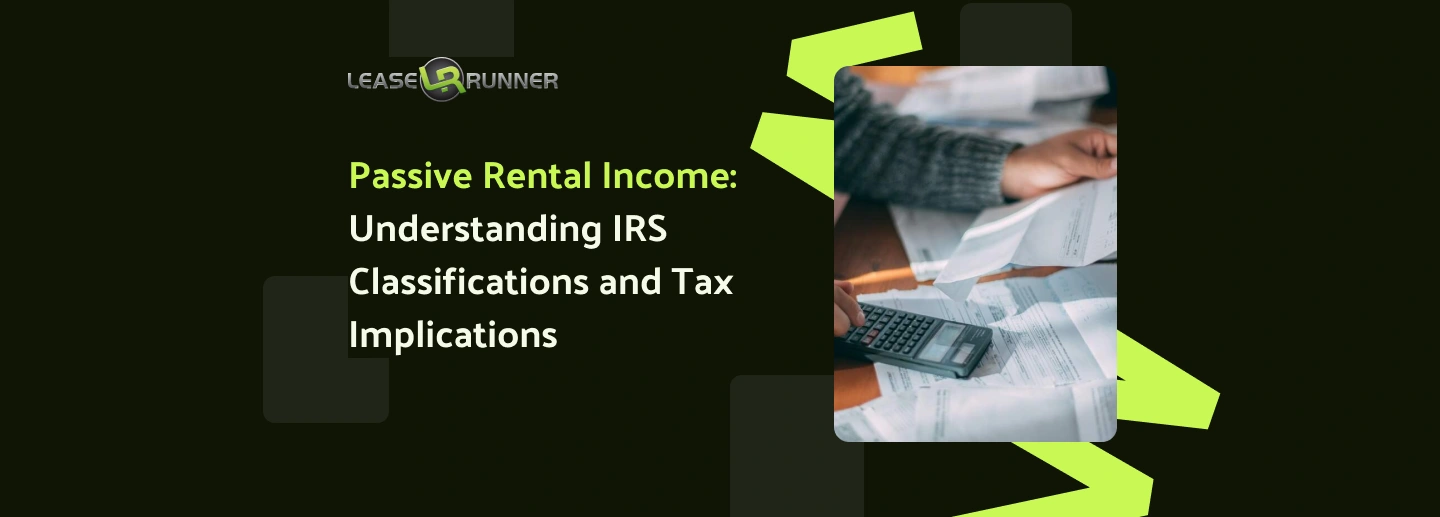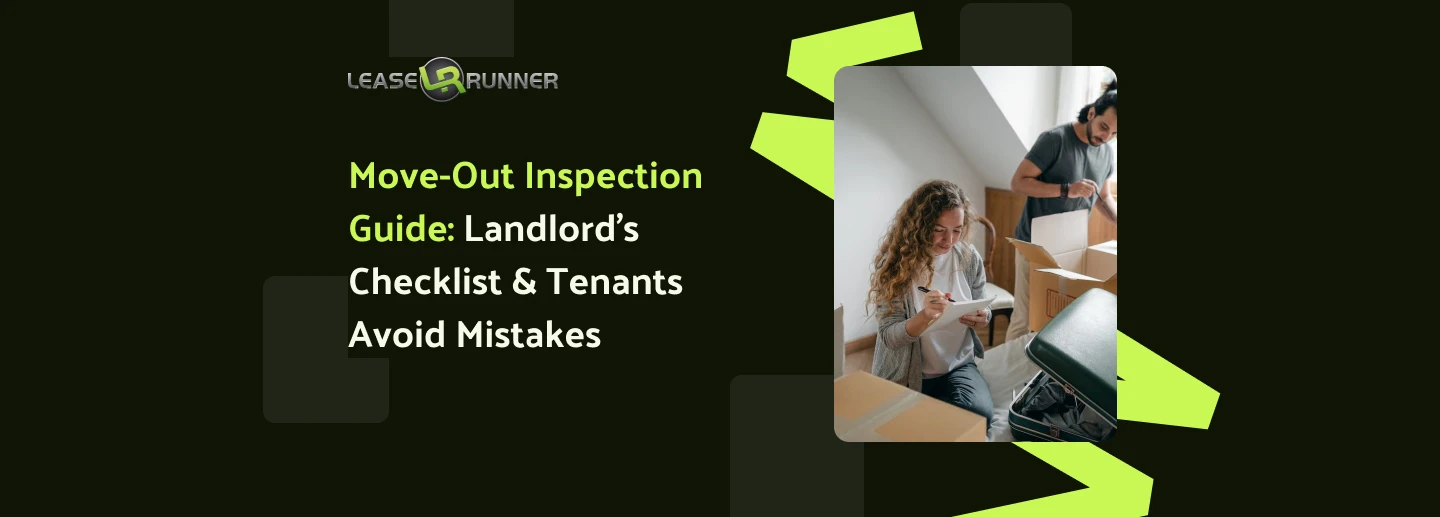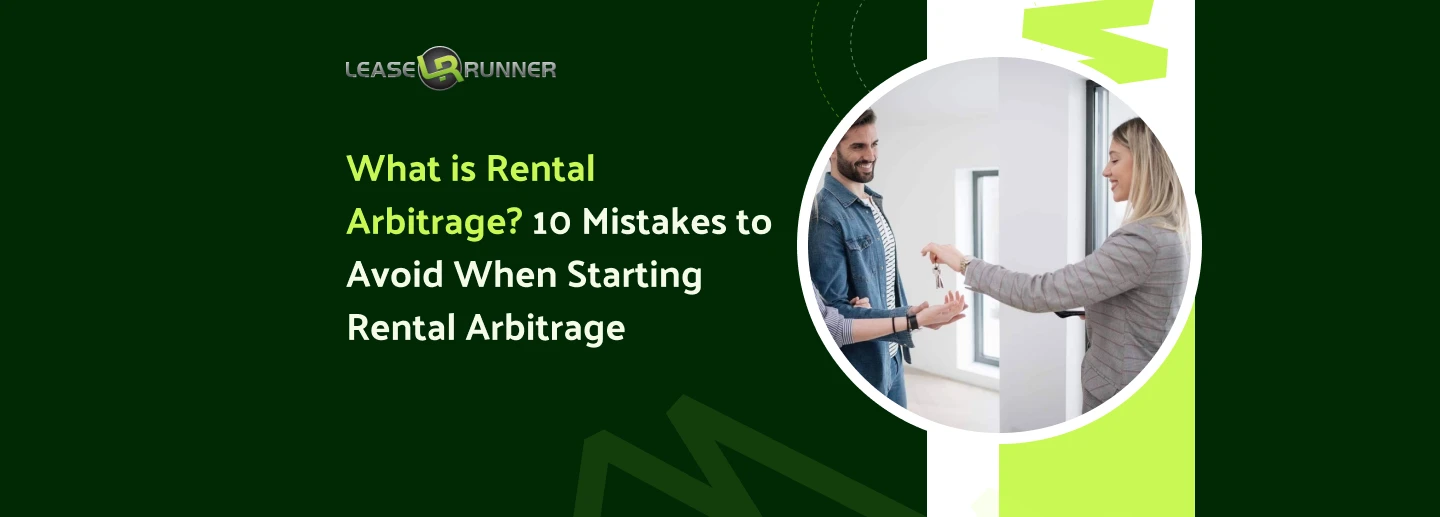Passive rental income gives landlords steady money while tenants pay for the space they use. For example, a family renting your house for $1,800 a month brings in $21,600 a year with little direct work. This is what qualifies as passive rental income under IRS rules. Yet rules are strict. If you run an Airbnb and add hotel-like services such as fresh linens or breakfast, the IRS may say it is not passive.
That answers when rental income is not passive. Many owners also ask, “Is rental income considered passive income?”, or “How to tell what is passive and non-passive income?”. This guide covers the answers, from tax rates to reporting, so landlords avoid mistakes and keep profits stable.
What is Passive Rental Income?

Passive rental income describes money earned from renting property without actively participating in daily management beyond general oversight. For most landlords, this applies to houses, apartments, or commercial spaces leased for more than seven days at a time.
Components of passive rental income:
- Monthly rent payments are collected from tenants.
- Additional tenant charges, such as pet fees or parking.
- Service fees are included in rent, like utilities rolled into the lease.
Rental properties produce income in different ways. For landlords focusing on rental properties for passive income, the consistent nature of long-term leases provides stability. Short-term rentals, while offering flexibility, can be classified as either passive or active income, depending on the level of the landlord's material participation in the day-to-day operations.
For instance, a landlord owns a duplex, leases it to two families for annual terms, and hires a property manager. The payments collected after expenses qualify as passive rental income, since involvement stays limited to ownership.
Knowing what passive rental income is matters because it affects how you pay tax and deduct losses. Many landlords discover too late that the IRS treats rental activity differently from regular wages, dividends, or self-employment earnings.
Is Rental Income Considered Passive Income?

Yes, it is. Most rental payments are classified this way unless an exception applies. The IRS also directly answers the question of whether rental income is considered passive income with a general "yes," unless you provide substantial services or meet the professional real estate test.
This distinction matters because passive income is taxed differently from active business income. For instance, landlords cannot offset passive losses against unrelated wage income. Instead, those losses may offset other passive gains, or they may carry forward to future years.
Landlords new to real estate often ask, “Is rental passive income or active?”. The answer depends on your participation level. Long-term traditional rentals almost always fall under the passive umbrella. However, services similar to running a business shift rental into non-passive territory.
This is particularly relevant for new rental trends, such as mid-term rentals, which occupy a unique position between long-term and short-term rentals and may require careful analysis to determine their passive or active status.
When is Rental Income Not Passive?
There are situations where renting stops being treated as "passive" by the IRS:
- When substantial services, like daily cleaning or food, are provided.
- When average rental stays are less than seven days.
- When you meet the IRS definition of a real estate professional.
For example, Airbnb-style hosting often falls into this category. If you advertise short-term rentals and change sheets between each guest, you operate more like a hotel. In those cases, passive income doesn’t apply. Instead, your income becomes non-passive and subject to self-employment taxes.
Understanding what qualifies as passive rental income comes down to your level of practical participation. If involvement escalates beyond ownership into customer-facing duties, the IRS likely views your earnings as non-passive. Landlords must track this distinction carefully to avoid penalties or misreporting.
Exceptions to the Passive Activity Rules

The IRS generally treats rental profits as passive rental income. Still, there are exceptions where a landlord’s activity becomes non-passive. These exceptions are important because they change how earnings are taxed and how losses can be used. Below are the four most common exceptions, with examples to help landlords understand how they apply.
Real Estate Professionals Exception
One major exception involves landlords who qualify as real estate professionals. To meet this test, two conditions must be satisfied:
- More than 50% of all personal work hours during the year are spent in real estate trades.
- At least 750 hours during that same year are devoted to materially participating in real estate tasks.
Material participation means consistent and meaningful involvement. For example:
- A landlord who works 1,500 hours per year managing rental properties full-time meets the rule.
- A property investor who oversees tenant screenings, negotiates repair work, and manages leases daily could qualify.
By passing this test, the landlord’s earnings no longer count as passive rental income. Instead, they are treated as non-passive, meaning rental losses may offset other wages or business income. Without this exception, landlords could not deduct a $20,000 loss from rental depreciation against a regular salary.
These significant write-offs often result from major capital improvements to the property, which raises questions about how to deduct remodeling expenses for a rental property.
Short-Term Rentals Exception
A different rule applies to short-term rentals. The IRS states that when average rental periods last less than 7 days, income may not remain passive. Consider a beach cottage rented for $250 per night. If guests typically stay for 5 nights, annual income may exceed $50,000. Despite the strong profit, classification changes.
Why? Because the activity looks more like running a hotel. If landlords also clean linens, stock supplies, or provide breakfast, the answer to when rental income is not passive becomes very clear. That can mean higher taxes, since self-employment tax may apply.
For landlords asking, is renting a good passive income when using platforms such as Airbnb? The answer depends on the services provided. If the landlord only supplies space and basic maintenance, income often stays passive. If guest services resemble a hospitality business, it shifts.
The $25,000 Special Allowance

Another exception exists for smaller landlords. The IRS provides a $25,000 special allowance that gives relief to those who actively participate in their rentals. Active participation does not require full-time work. Instead, it might include:
- Approving tenants during the application process.
- Making key decisions about major repairs.
- Signing off on lease renewals.
For example, a landlord with a duplex might lose $10,000 in one year due to vacancy and repairs. Thanks to this allowance, they can apply that loss against regular wages from another job. But there is an income limit: once adjusted gross income passes $150,000, this benefit phases out.
This allowance is especially useful for part-time landlords trying to grow rental properties for passive income while holding other employment. It ensures some losses help reduce overall taxable income.
Disposition of a Passive Activity
The final common exception occurs when selling or disposing of a property. Normally, passive rental income’s tax rate rules prevent losses from being deducted in full. Losses often carry forward year after year until there is matching passive income.
However, once the property is sold, all suspended losses tied to that property can be deducted at once. For example, consider a landlord who carried $25,000 in prior losses because rental income was too low to use them. If they sell the house this year, they can deduct the full $25,000 loss immediately, offsetting other taxable earnings.
This rule provides a planning benefit when landlords exit the market. It ensures old losses are not wasted and can instead reduce tax burdens in the year of sale.
These exceptions show why understanding what passive rental income is matters. For most leases, rent qualifies as passive. But exceptions flip the label, impacting taxes and deductions. Real estate professionals, short-term rentals, special allowances, and sales all change the way landlords must report to the IRS.
How to Calculate and Report Passive Rental Income?
For landlords, learning how to properly calculate and report passive rental income is one of the most important steps in staying compliant with IRS rules. Errors in reporting can cost money through penalties or lost deductions. Clear math and accurate filing keep profits safe while avoiding IRS scrutiny.
Calculating Passive Rental Income
The first step is to gather all rental collections during the year. For instance, if you rent a house for $1,800 per month and collect every payment, your gross annual rental income equals $21,600. At first glance, this seems like your total profit. However, what matters most is net income after expenses.
Subtract every ordinary and necessary cost tied to the property. This usually includes:
- Mortgage interest: If the mortgage payment is $1,200, but $800 covers interest, only that part counts as deductible.
- Property taxes: A rental home taxed at $3,500 per year reduces your income by that amount.
- Insurance: Landlord insurance premiums, often $1,500 or more annually, are deductible as costs.
- Repairs and maintenance: Replacing a broken water heater for $1,200 or fixing a roof leak for $500 directly lowers taxable income.
- Depreciation: This non-cash expense spreads the property cost over 27.5 years. A $275,000 property produces a $10,000 yearly write-off.
Using this example:
- Gross rent: $21,600
- Expenses: $16,000 (interest, taxes, insurance, repairs, depreciation combined)
- Net result: $5,600 in passive rental income.
This calculation shows why useful tools like rental property cash flow estimates help landlords model profit. They factor in key risks such as vacancies or rent growth trends, providing a more realistic view. However, a negative net result, a loss, is handled differently.
Under the IRS’s passive activity loss (PAL) rules, these losses generally cannot be used to offset your active income from sources like a job. Instead, they are typically suspended and carried forward to offset future passive income. It is important to know that certain landlords may be able to deduct up to $25,000 in rental real estate losses annually, provided their adjusted gross income is below a certain threshold.
Reporting on Tax Forms

Once calculated, the next task is accurate reporting. The IRS requires all rental activity to appear on Schedule E (Form 1040). On this form, landlords record income, list each expense, and determine net totals. The end figure carries into your return as either profit or loss.
It’s easy to underestimate how deductions apply. Many landlords forget depreciation, lowering reported profits more than they expect. Others fail to offset losses properly. This is why reviewing guides like how to pay no taxes on rental income is critical. Such resources explain how landlords can legally reduce liability while staying within IRS rules.
Ultimately, passive rental income matters less as a concept and more in practice: correct calculation, correct forms, and clear proof. That is the key for landlords who want to maximize profit, meet IRS rules, and keep the advantages of the passive rental income’s tax rate.
The Risks and Difficulties of Passive Rental Income
Even though many landlords view passive rental income as a reliable long-term profit, it is not free of challenges. One common risk is vacancy. A property that sits empty for even two months can erase a year of growth.
For example, a unit rented for $1,800 per month loses $3,600 if no tenant signs a lease. Landlords can limit this risk by regularly checking their vacancy rate and adjusting listing prices or marketing strategies early.
Another challenge comes from tenant default. If a renter stops paying, the flow of rental properties for passive income is quickly disrupted. Imagine a tenant missing three months’ rent at $1,500 each. That is a $4,500 loss, on top of the legal costs of eviction. Tools like secure rent collection systems help reduce delays and provide proof of missed payments.
Unexpected repairs also drain cash. An HVAC unit may cost $6,000 to replace, while severe water damage can run into tens of thousands. These expenses arrive suddenly and make landlords question whether renting is a good passive income when reserves are thin.
Finally, rules change. Some states alter deduction rules or inspections, directly affecting the passive rental income’s tax rate. This is why using an income verification and cash flow report helps confirm solid tenant quality before signing, protecting landlords from costly risks while keeping earnings stable.
What is the Most Profitable Passive Income?

When landlords think about wealth-building, the first question is often, "What is passive and non-passive income?" and which choice produces the best long-term growth. Real estate stands out for many investors. But it is worth comparing other options to see why many still ask whether renting is a good passive income or not, and how it stacks against alternatives.
Real Estate Rentals & Short-Term Rentals (Airbnb)
Traditional rentals remain a cornerstone of real estate investment. For instance, leasing a single-family house for $2,000 per month generates a steady, predictable cash flow of $24,000 annually. This scenario is a textbook example of passive rental income, as your involvement is minimal once a tenant is in place.
The income remains stable and often increases as property values appreciate. In contrast, short-term rentals, like those on Airbnb, have the potential to significantly boost returns. A vacation rental unit that charges $250 per night and is booked for 20 nights per month could generate as much as $60,000 per year.
However, this type of income is often not considered passive. It can lose its passive classification by the IRS if you provide hotel-like services, such as daily cleaning, fresh linens, or meals, turning it into an active business endeavor.
Affiliate Marketing
This model involves creating websites or blogs that generate income from product links. Imagine writing a guide for first-time landlords and linking to property management tools. Each sale creates commission. Once the site draws traffic, income becomes passive. While not real estate, it mirrors the flow landlords enjoy with rental properties for passive income.
Peer-to-Peer Lending (P2P)
Online lending platforms allow investors to fund loans. Suppose you lend $5,000 to small borrowers at 10% interest. At year-end, earnings add up to $500. But risk mirrors the unpaid tenant problem. If borrowers default, the return disappears, similar to chasing rent that never arrives.
Vending Machines
Well-placed vending machines in schools or malls produce ongoing streams. A single unit selling $70 worth of snacks daily can bring over $2,000 each month with little upkeep. After filling the stock, profit flows with minimal labor.
Print-on-Demand Products
Designers use sites for custom T-shirts, mugs, or even books. Once uploaded, sales happen year after year with no manual shipping. It is hands-off, showing how creativity can produce income much like passive rentals.
Laundromat Ownership
Urban laundromats generate continuous revenue. For example, a small neighborhood center with 30 machines charging $4 per load could average $400 daily. Oversight is limited to maintenance and collection. That steady rhythm is why many compare laundromats to passive rental income tax rate advantages, as both offer predictable revenue streams.
Across all models, real estate still reigns strongest due to appreciation, tax benefits, and scale. That’s why, for many landlords, the answer to whether renting is a good passive income is still yes, even when placed against other choices.
Conclusion
Passive rental income gives landlords steady money but also strict IRS rules. A short-term Airbnb with daily cleaning or meals may not. That answers the question, “When is rental income not passive?”. It becomes an active trade instead.
Many landlords also ask, "What is passive and non-passive income?" The key is your level of work. Less work means passive. More services mean non-passive. Managing risk, claiming deductions, and using landlord tools keep returns safe. For most investors, real estate still proves strong. It shows why many say renting is a good passive income.
FAQs
Is It Possible to Support Yourself with Passive Income?
Yes. Many landlords already live entirely off rental properties. They qualify tenants using measures like rent-to-income ratios. Combined with reliable rent collection, landlords secure consistency. Over time, passive rental income provides enough to replace wages.
What Are the Steps to Earning $100,000 Annually from Passive Income?
Here are some suggested steps you can refer to:
- Step 1: Acquire multiple units or properties.
- Step 2: Calculate expenses using vacancy rate formulas.
- Step 3: Apply deductions properly using tax planning.
- Step 4: Supplement with other streams, such as affiliate marketing or peer-to-peer lending.
Combined, these steps move a landlord toward $100,000 in net passive rental income per year.







